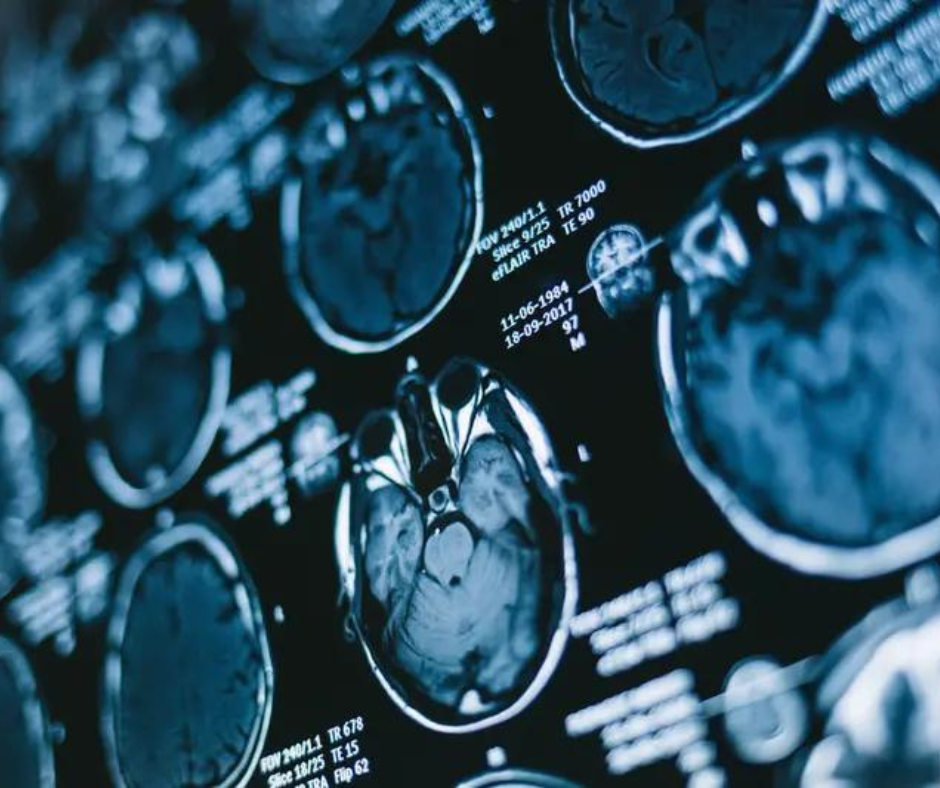For pre-operative predictions of the grading and molecular status of diffuse gliomas, emerging research suggests there is no significant difference between gadolinium-free magnetic resonance imaging (MRI) and gadolinium-based contrast agent (GBCA)-enhanced MRI.
For the retrospective study, recently published in European Radiology, researchers evaluated the use of a gadolinium-free MRI-based diagnosis prediction decision tree (DPDT) in 303 patients (average age of 56.7) with grade 2-4 adult-type diffuse gliomas, and compared the findings to those for GBCA-enhanced MRI.
The patient cohort was comprised of 54 patients with low-grade glioma and 249 patients with high-grade glioma. Eighty-two patients had IDH-mutant glioma and 221 patients had wildtype glioma, according to the study. The researchers also noted that 34 patients had a 1p/19q-codeleted glioma and 269 patients had a 1p/19q intact glioma.
The study authors found that GBCA-free MRI assessment had a > 85 percent accuracy rate for predicting glioma grade in comparison to > 87 percent for GBCA-enhanced MRI evaluations. For predicting molecular status with gliomas, the researchers noted a > 77 percent accuracy for GBCA-enhanced MRI interpretation versus > 75 percent for GBCA-free MRI evaluation.
“Our study suggests that the proposed DPDT using GBCA-free MRI could be as reliable as standard GBCA-enhanced MRI in preoperative diagnostic glioma assessment,” wrote lead study author Aynur Azizova, M.D., who is affiliated with the Radiology and Nuclear Medicine Department at Vrije Universiteit Amsterdam in Amsterdam, the Netherlands, and colleagues.
While the study authors noted substantial overall inter-rater agreement for GBCA-enhanced and non-enhanced MRI interpretation for glioma molecular status predictions (77 percent vs. 75 percent), they pointed out a 12 percent higher inter-rater agreement in GBCA-enhanced MRI evaluation for tumor grade prediction (68 percent) versus GBCA-free MRI interpretation (56 percent).
The study authors said the DPDT model included 11 imaging features from GBCA-free MRI scans for diffuse gliomas in adults. They added that the T2-FLAIR mismatch sign and calcification were commonly observed in cases involving astrocytoma or oligodendroglioma. However, the researchers noted significant differences between GBCA-free and GBCA-enhanced MRI evaluation on inter-rater agreement for midline shift and hemorrhage.
“The discrepancy in hemorrhage assessment may stem from inconsistent SWI (susceptibility-weighted imaging) availability and varying degrees of pre-contrast T1 hyperintensity, rather than from the availability of GBCA-enhanced images. Similarly, for the midline shift, the disagreement could result from the prevalence of cases with a minimal shift around the 5 mm threshold, leading to measurement variations between evaluations and raters,” explained Azizova and colleagues.
Three Key Takeaways
1. Comparable accuracy in glioma grading. The study showed that gadolinium-free MRI had an accuracy > 85 percent in predicting glioma grades, while GBCA-enhanced MRI had an accuracy > 87 percent, suggesting that gadolinium-free MRI could be a reliable alternative.
2. Molecular status prediction. For predicting molecular status, gadolinium-free MRI achieved > 75 percent accuracy compared to > 77 percent for GBCA-enhanced MRI, indicating minimal differences between the two methods.
3. Clinical utility in GBCA-contraindicated cases. The decision tree model using GBCA-free MRI could be particularly beneficial in cases in which GBCA is contraindicated or undesirable, as it may offer reliable diagnostic capabilities without the need for contrast agents,
While emphasizing the need for further research, the study authors suggested the DPDT may facilitate greater consistency in the assessment of diffuse gliomas with non-contrast MRI.
“Utilizing the decision tree enables a systematic approach to imaging assessment, potentially improving diagnostic thoroughness, as less experienced raters demonstrated comparable or better performance to experienced radiologists,” posited Azizova and colleagues.
(Editor’s note: For related content, see "Study: Advanced MRI Neuroimaging May Have Changed Treatment for 44 Percent of Patients with High-Grade Gliomas," “Emerging PET Agent Gets FDA Fast Track Designation for Glioma Imaging” and “MRI Findings Show Vorasidenib More than Doubles Progression-Free Survival in Patients with Grade 2 IDH Gliomas.”)
Beyond the inherent limitations of a retrospective, single-center study, the authors acknowledged that the value of the study findings may be limited to situations in which GBCA administration is contraindicated or not wanted by patients, poor clinical condition of patients, and tumor location that may prevent tissue diagnosis. Noting challenges with the availability of arterial spin labeling (ASL) data, the researchers noted that perfusion data was excluded from the study findings but should be a focus in future research.
